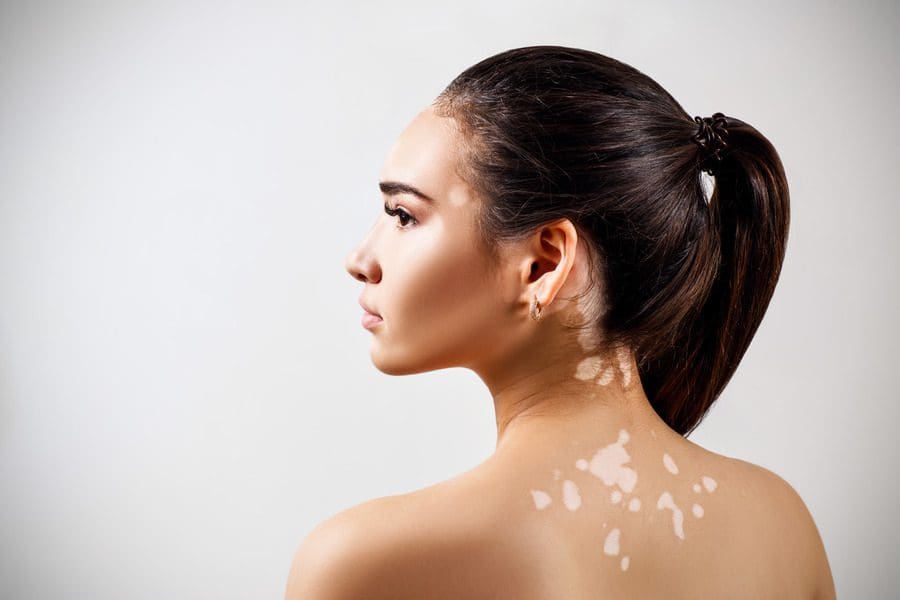Do you have white patches appearing on your skin? There’s the possibility you could have a condition called vitiligo, an autoimmune disorder that causes the skin to produce less melanin than normal. Vitiligo is not contagious or life-threatening. Here’s a quick guide to get you up to date with what vitiligo is, its causes, symptoms, and treatment options.
Vitiligo: Defined
Vitiligo is a chronic autoimmune disorder resulting in loss of pigmentation in the skin. In technical terms, loss of pigmentation is caused by the destruction of cells called melanocytes, which leads to permanent patches of milky-white skin on the body. It can happen on any skin tone and to people of any race. Both small and large areas of melanocytes can be attacked, but the process usually appears symmetrically on both sides of the body. For example, if you have a white patch on one knee, the opposite knee will likely lose color soon after.
Signs of Vitiligo
Outside of general skin depigmentation, there are other ways to determine whether you have vitiligo. Things to look out for include:
- Hair color loss
- Eyelash or eyebrow color loss
- Change in color of the eye retina
- Color loss in the nose and mouth
Make an appointment with your dermatologist if you begin experiencing any of these signs.
Prevention
If diagnosed, know that vitiligo cannot be permanently reversed. However, you can take steps to prevent your vitiligo from worsening.
- Protect your skin from the sun, as sunburns can expedite vitiligo effects. Tanning can also make current white patches seem lighter than normal as your healthy skin gets darker. If you feel self conscious, you can add color safely by using makeup or self-tanner.
- Skin injuries can also increase your chances of spreading vitiligo to other body parts. Try your best to avoid cuts, scrapes, and burns.
- Be on top of your immune health with a healthy lifestyle. Remember, vitiligo is an autoimmune disorder, which means that your immune system is attacking the healthy cells.
Treatment
As of now, there is no cure for vitiligo. However, there are treatment options to consider, including
- Light therapy
- Corticosteroid creams
- Topical vitamin D
- Combination therapies
- Pigment removal
- Opzelura (topical prescription medication)







